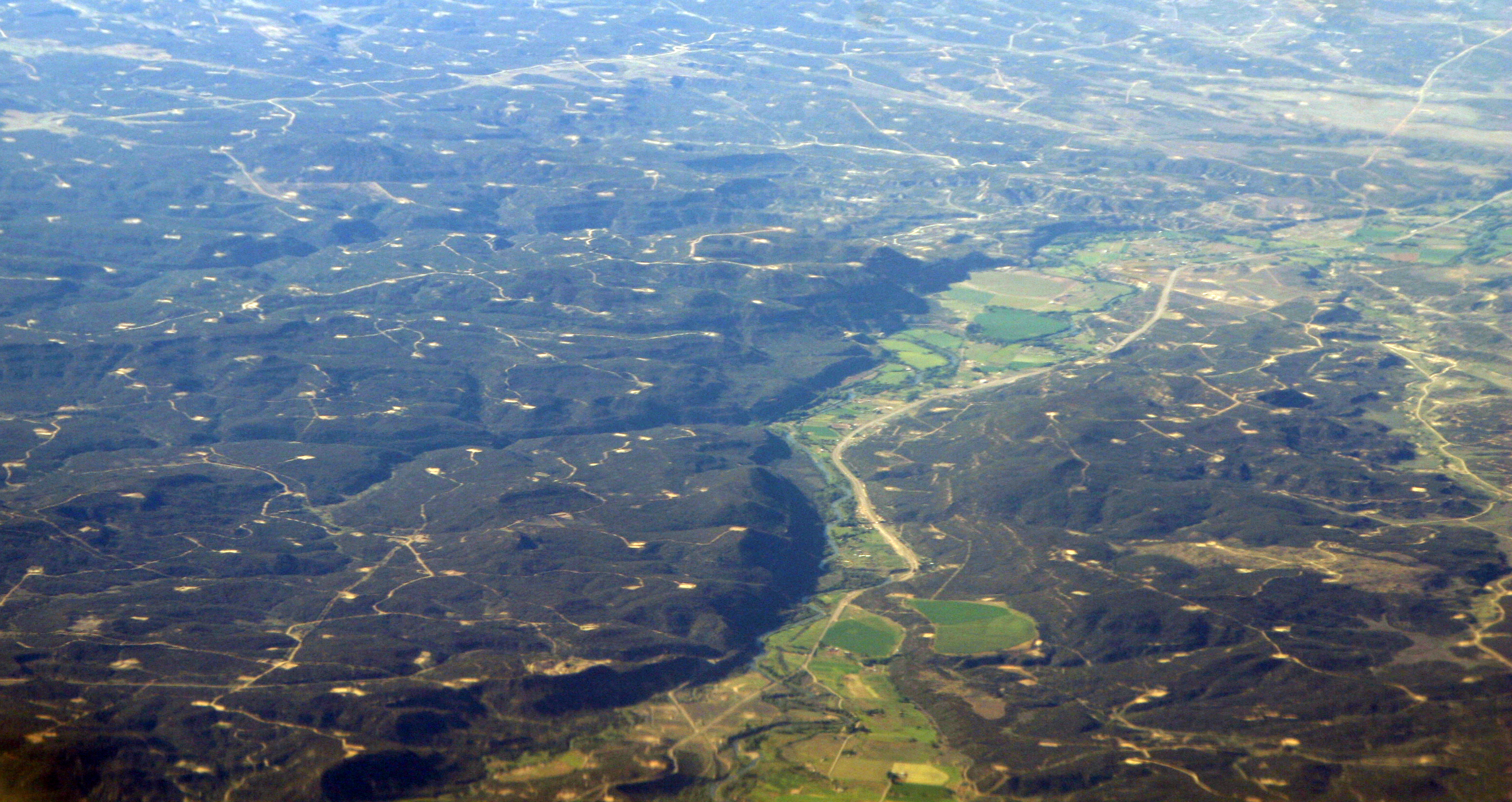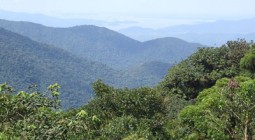
Methane Madness (start time: 2:20) More than a decade ago, scientists noted that the area where Colorado, New Mexico, Arizona and Utah meet, known as Four Corners, appeared to be emitting a curiously large amount of methane. In a new study, a team of scientists have traced the source: more than 250 gas wells, storage tanks, pipelines and processing plants associated with oil and gas development in the San Juan Basin. The basin is one of many places where new drilling technologies, including horizontal drilling and hydraulic fracturing, have propelled a boom in natural gas extraction. The boom has transformed the U.S. energy mix. Our two guests discuss with hosts Daniel Glick and Susan Moran the science and public health aspects of this study as well as the human side of living near natural gas wells in Colorado. Dr. Colm Sweeney co-authored the recent Four Corners study. He is the lead scientist for NOAA’s Earth System Research Lab Aircraft Program, and he is a research scientist with the Cooperative Institute for Research in Environmental Sciences, or CIRES, at the University of Colorado Boulder. Our other guest, Dr. Christopher Clack, is a physicist and mathematician with CIRES whose research focuses on renewable electricity. He shares his personal experience with and documentation of natural gas extraction.
Hosts: Daniel Glick, Susan Moran
Producer: Susan Moran
Executive Producer: Susan Moran
Engineer: Maeve Conran
Contributor: Joel Parker
Listen to the show:
Podcast: Play in new window | Download (Duration: 27:28 — 25.1MB)
Subscribe: RSS







